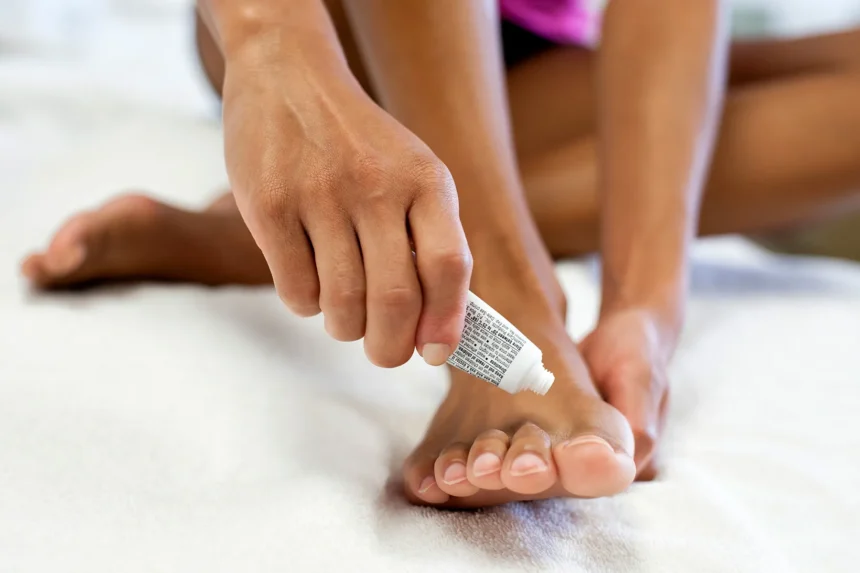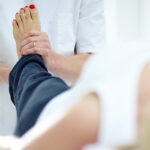Nail fungus affects millions of people worldwide, causing discolored, thickened, and brittle nails that can become painful and embarrassing. This common condition thrives in warm, moist environments and can be challenging to treat once established. Understanding proper foot care practices helps prevent fungal infections from developing and maintains healthy nails.
Exploring Daily Hygiene Practices
Proper daily foot hygiene forms the foundation of nail fungus prevention. Washing your feet thoroughly with soap and water removes bacteria, fungi, and debris that accumulate throughout the day. Pay particular attention to the spaces between your toes, where moisture and organisms tend to collect.
After washing, dry your feet completely, especially between the toes. Fungal organisms thrive in moist environments, so thorough drying eliminates the conditions they need to grow. Use a clean towel and allow your feet to air dry for several minutes before putting on socks or shoes.
Trimming your toenails regularly prevents fungal organisms from accumulating under long nails. Cut nails straight across rather than rounding the corners, which reduces the risk of ingrown nails that can create entry points for infection. Use clean, sanitized nail clippers and avoid cutting nails too short, as this can cause small wounds that fungi can enter.
Identifying Footwear and Sock Selection
Your choice of footwear and socks significantly impacts your risk of developing nail fungus. Shoes made from breathable materials like leather or canvas allow air circulation, which helps keep feet dry. Synthetic materials trap moisture and create the warm, humid conditions that fungi prefer.
Rotate your shoes daily to allow them to dry completely between wearings. Fungal spores can survive in shoes for extended periods, so alternating between two or more pairs gives each pair time to air out thoroughly. Remove shoes as soon as possible when you return home to allow your feet to breathe.
Change your socks immediately if they become damp from sweat or external moisture. Carrying an extra pair of socks allows you to change into them during long days or after exercise. This simple practice dramatically reduces the time your feet spend in moist conditions.
Understanding Environmental Precautions
Public areas with warm, moist surfaces present high risks for fungal transmission. Swimming pools, locker rooms, communal showers, and spa facilities harbor fungal organisms that can infect bare feet. Always wear waterproof sandals or flip-flops in these environments to create a barrier between your feet and contaminated surfaces.
Disinfect your shower and bathtub regularly using antifungal cleaners or diluted bleach solutions. Family members with nail fungus can contaminate shared bathing areas, so thorough cleaning prevents transmission between household members. Avoid sharing personal items that come into contact with feet, including towels, socks, shoes, and nail care tools. Fungal organisms can survive on these items and transfer to new hosts.
Get Treatment for Nail Fungus
Implementing these foot care practices creates multiple barriers against nail fungus development. Daily hygiene removes potential pathogens, appropriate footwear choices minimize moisture exposure, and environmental precautions reduce contact with infectious organisms. Consult with a qualified podiatrist to learn more about preventing fungus.





